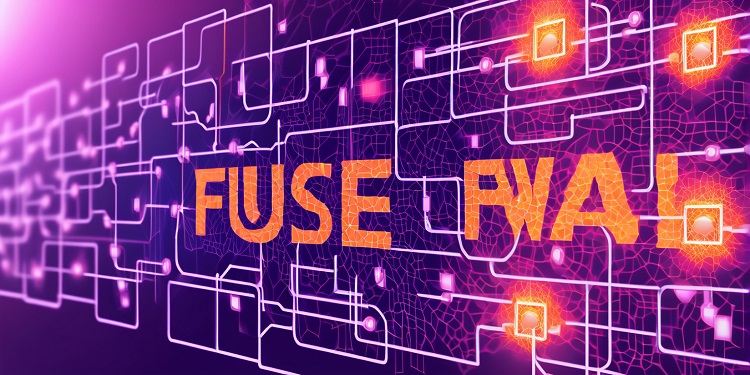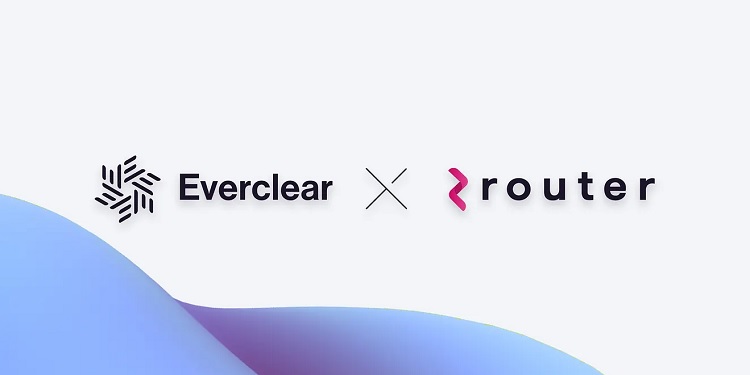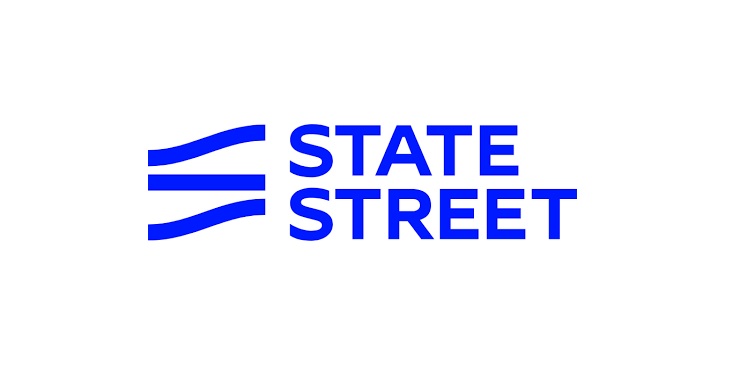Fuse Network, a Layer 2 blockchain focused on payments, has revealed a strategic collaboration with cybersecurity firm Check Point Software Technologies to launch what is being described as the first real-time, AI-enhanced firewall for blockchain. This joint effort is intended to establish a new industry standard by moving from reactive protection models to live threat prevention.
The companies announced that the firewall would proactively intercept malicious activity across the Fuse blockchain ecosystem, aiming to mitigate exploits and vulnerabilities before they can impact protocols, users, or digital wallets. According to Fuse, this marks a significant shift in how blockchain security is approached—offering defense mechanisms that function continuously rather than relying solely on post-incident mitigation.
From Audit to Active Defense: A Web3 Security Evolution
This new security layer, developed in tandem with Check Point, is positioned as an alternative to traditional methods such as smart contract audits, which typically identify issues after code deployment. In contrast, the firewall offers continuous, network-wide protection, designed to detect and neutralize threats in real-time.
Fuse’s leadership views this advancement as an essential step forward in Web3 infrastructure, pointing out that the financial implications of crypto breaches can be severe. By integrating Check Point’s cybersecurity expertise—which spans over three decades and includes pioneering work on internet firewalls—the project aims to deliver the same level of protection to decentralized systems that has long been standard in traditional networks.
Check Point has emphasized the importance of real-time prevention in fostering broader adoption of blockchain technology. The firm believes that enabling automatic and intelligent defense mechanisms across decentralized applications, wallets, and protocols is crucial for building trust among mainstream users and businesses alike.
Restoring Confidence Amid Rising Exploits
In recent years, blockchain vulnerabilities and DeFi hacks have led to multibillion-dollar losses across the industry, weakening user trust. The Fuse-Check Point collaboration seeks to address this issue by enabling a proactive model that prioritizes user safety and system resilience. The firewall is not limited to individual dApps or contracts—it operates across the entire network, offering comprehensive coverage.
The development aligns with Fuse’s broader growth strategy, which recently saw the rollout of its Ember Nodes framework. Backed by key investors such as Collider Ventures, Tectona, Spark, TRGC, and Blockchain Founders Fund, the network is gaining recognition as a reliable platform for stablecoin-based payments and real-world financial integrations.
Building Trust for Web3’s Next Chapter
Fuse has framed this partnership as more than a product launch, suggesting it represents a turning point in Web3’s maturity. The company argues that, going forward, strong security cannot be seen as a value-added feature but as a fundamental requirement for all decentralized protocols.
With the addition of Check Point’s defense capabilities, Fuse intends to solidify its position as a go-to blockchain for secure, low-cost, and high-speed financial transactions. The integration of enterprise-grade security tools within a user-friendly Web3 infrastructure could help the platform attract both business and consumer audiences looking for a safer blockchain experience.
In summary, this collaboration is being pitched as a model for the future of decentralized security—where prevention becomes the norm, and trust becomes a built-in component of every blockchain interaction.









